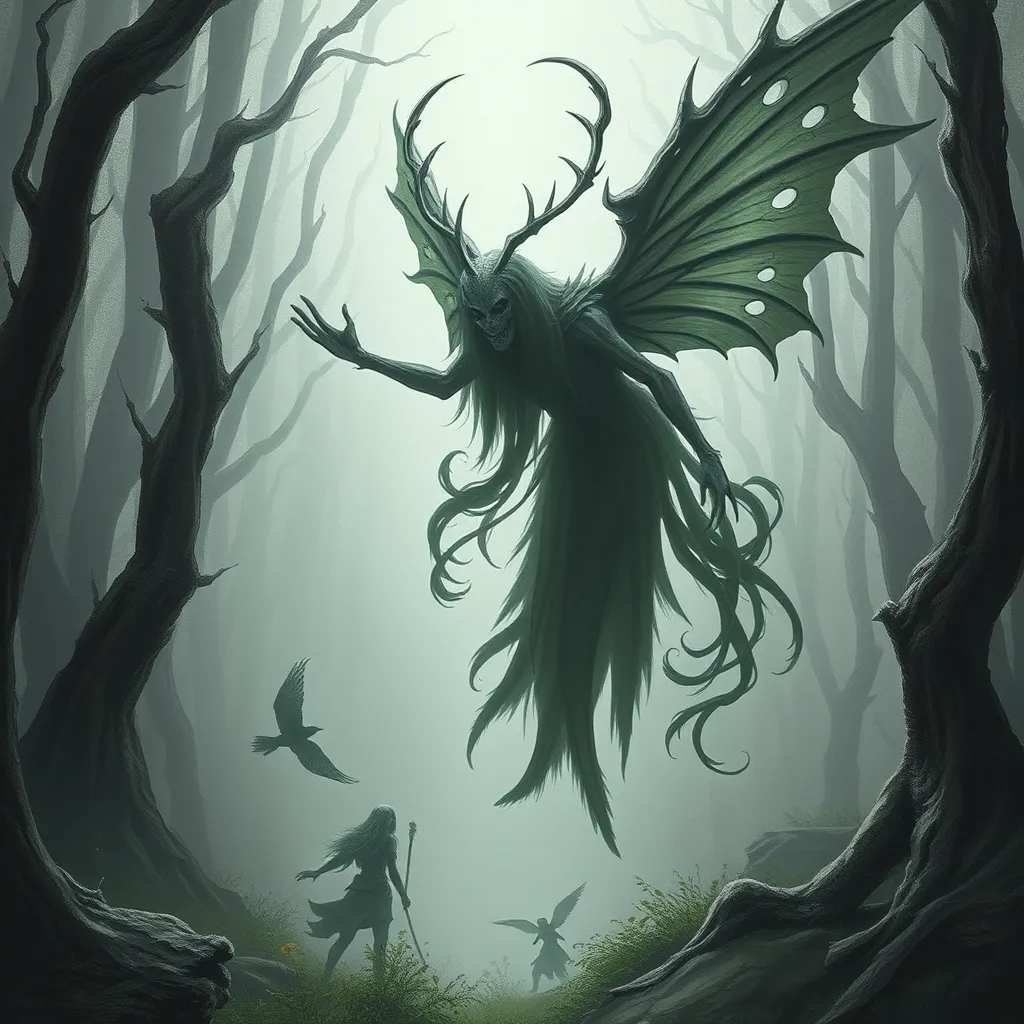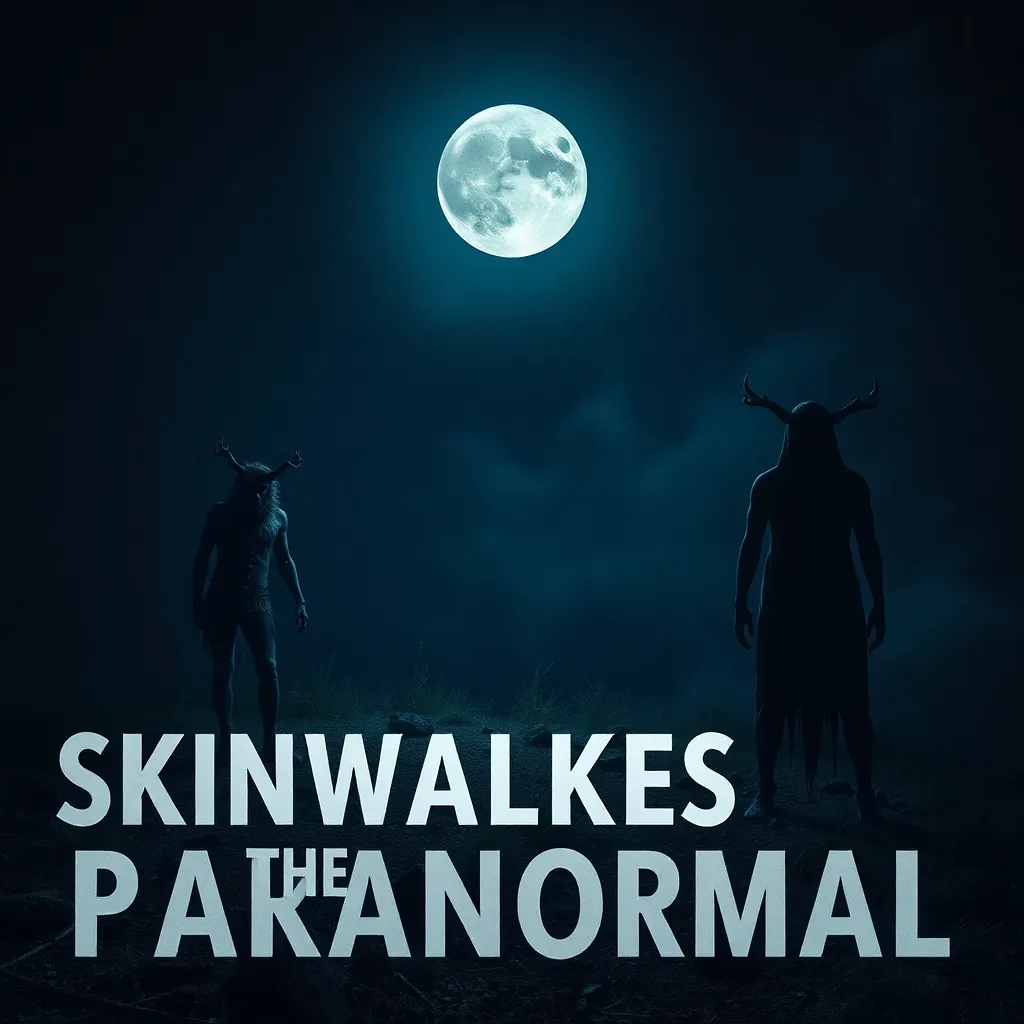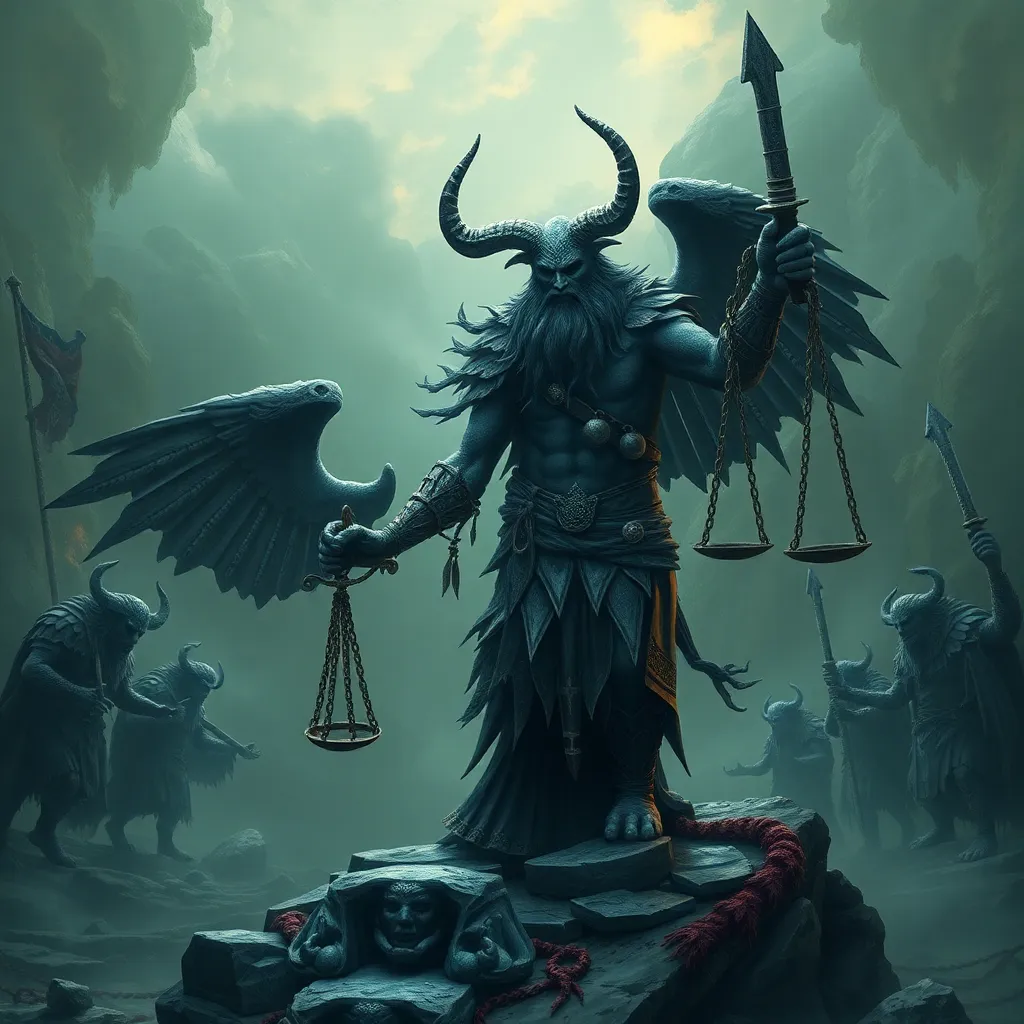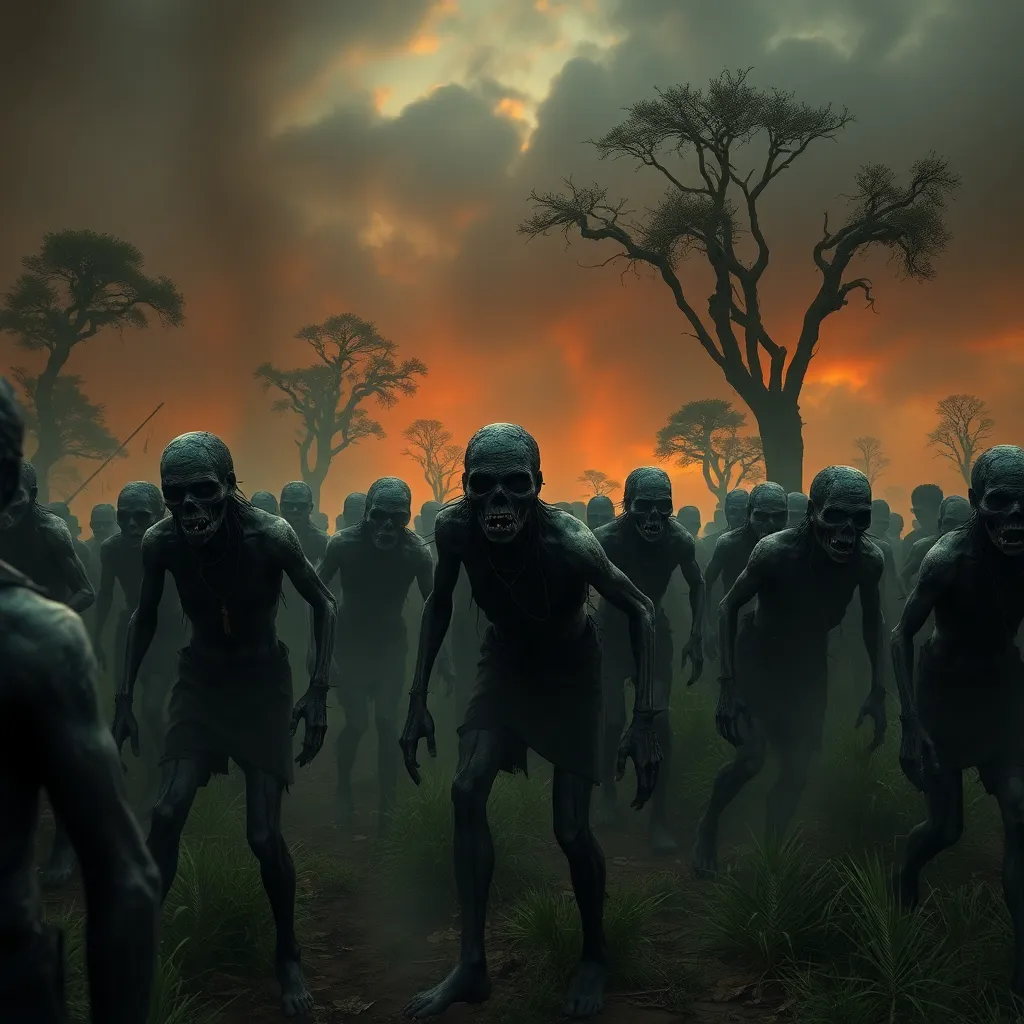The Banshee in Breton Folklore: The ‘Korrigan’ and the Myth of the Faerie
I. Introduction
The Banshee, a spectral figure in Celtic mythology, is often associated with foretelling death and sorrow. This haunting spirit has captivated the imaginations of many through its eerie wails and mournful presence. In the context of Breton folklore, the Korrigan emerges as a fascinating counterpart to the Banshee, embodying the rich tapestry of myths that characterize the region of Brittany in France.
This article aims to explore the origins, characteristics, and cultural significance of the Korrigan, while drawing parallels with the Banshee. By delving into the depths of Breton mythology, we can gain insight into the broader themes of female spirits in folklore and their impact on societal beliefs.
II. The Origin of the Banshee Myth
The Banshee’s mythological roots can be traced back to ancient Celtic culture, where it was believed that this female spirit would appear to herald the death of a family member. The term “Banshee” comes from the Gaelic “bean sídhe,” meaning “woman of the fairy mound,” indicating a connection to the Otherworld.
As Celtic culture evolved, so did the Banshee’s portrayal, particularly in Irish and Breton folklore. While the Banshee is often seen as a solitary figure, the Korrigan in Brittany presents a more diverse and multifaceted representation of similar themes.
The significance of female spirits in mythology is profound; they often symbolize the connection between life and death, the natural world, and the unseen forces that govern existence. The Korrigan, like the Banshee, serves as a reminder of these powerful themes.
III. The Korrigan: Characteristics and Symbolism
The Korrigan is a captivating figure in Breton folklore, often described as a fairy or spirit that dwells in the natural landscape. These beings are typically portrayed as beautiful young women, with enchanting features that can either allure or intimidate those who encounter them.
- Physical Attributes: Korrigans are often depicted with long flowing hair, which can be either golden or dark, and they are sometimes shown wearing traditional Breton attire.
- Behavior: They are known to dance in circles, especially during the night, and are said to be mischievous, leading travelers astray or playing tricks on those who wander too close to their haunts.
The Korrigan’s symbolism is rich, representing both the beauty and danger of the natural world. They can embody the duality of life and death, much like the Banshee, as they are often associated with the idea of foretelling death and misfortune.
IV. The Role of the Korrigan in Breton Folklore
In Breton folklore, the Korrigan plays a significant role as a harbinger of death, similar to the Banshee’s function in Irish culture. Their appearances are often viewed as omens, signaling impending loss or tragedy.
Moreover, Korrigans are deeply connected to the landscape of Brittany. They are believed to inhabit specific sites, such as ancient burial mounds and sacred groves, reinforcing their ties to the natural and spiritual worlds. This connection to the environment highlights the importance of place in folklore and the ways in which it shapes cultural narratives.
When comparing the Korrigan to the Banshee, one finds both similarities and differences. While both serve as foreboding figures, the Korrigan’s playful nature and links to the earth add layers of complexity to its role in the mythos.
V. The Mythology of Faeries in Brittany
Faerie lore in Breton culture is rich and varied, with the Korrigan occupying a central place within this mythological framework. Faeries in Brittany are often seen as protectors of the land, yet they can also embody the capriciousness of nature.
The Korrigan, as a faerie being, is part of a larger narrative that includes various other faerie types, each with unique traits and stories. These faeries are integral to the cultural identity of Brittany, influencing art, literature, and local customs.
The cultural significance of faeries extends beyond mere storytelling; they reflect societal values, fears, and aspirations, serving as a means through which communities understand their relationship with the world around them.
VI. Folklore and Modern Interpretations
In contemporary literature and media, the Korrigan has found new life and reinterpretation. From novels to films, these representations often blend traditional elements with modern themes, reflecting society’s evolving relationship with folklore.
- Contemporary Literature: Authors have reimagined Korrigans, exploring their complexities and incorporating them into narratives that resonate with modern audiences.
- Media Portrayals: Films and television shows have depicted Korrigans, often emphasizing their mystical qualities while sometimes straying from traditional representations.
However, such modern interpretations can also lead to distortions of traditional beliefs. As globalization spreads, the preservation of folklore becomes challenging, necessitating a balance between innovation and authenticity.
VII. Regional Variations and Local Legends
Brittany is home to diverse representations of Korrigans, with each region contributing its own unique legends and variations. These local stories play a crucial role in preserving the folklore and cultural heritage of the area.
Famous local legends often feature Korrigans as central figures, imparting moral lessons or explaining natural phenomena. The art of storytelling remains vital in keeping these traditions alive, allowing communities to connect with their past.
Examples of local legends include:
- The Korrigan of the Forest: A tale of a Korrigan who protects a sacred grove, punishing those who harm it.
- The Dancing Korrigans: Stories of Korrigans dancing under the moonlight, enchanting those who stumble upon their gatherings.
VIII. Conclusion
In summary, the exploration of the Korrigan within Breton folklore reveals the intricate connections between this figure and the Banshee of Irish mythology. Both embody the themes of death, nature, and femininity, serving as powerful symbols within their respective cultures.
The enduring legacy of the Banshee and Korrigan highlights the importance of preserving folklore in a modern context. As society evolves, these stories continue to shape cultural identity and collective memory, reminding us of the rich tapestries woven by our ancestors.
Ultimately, the preservation of folklore is not merely about maintaining stories; it is about sustaining the cultural values and connections that inform our understanding of the world.



